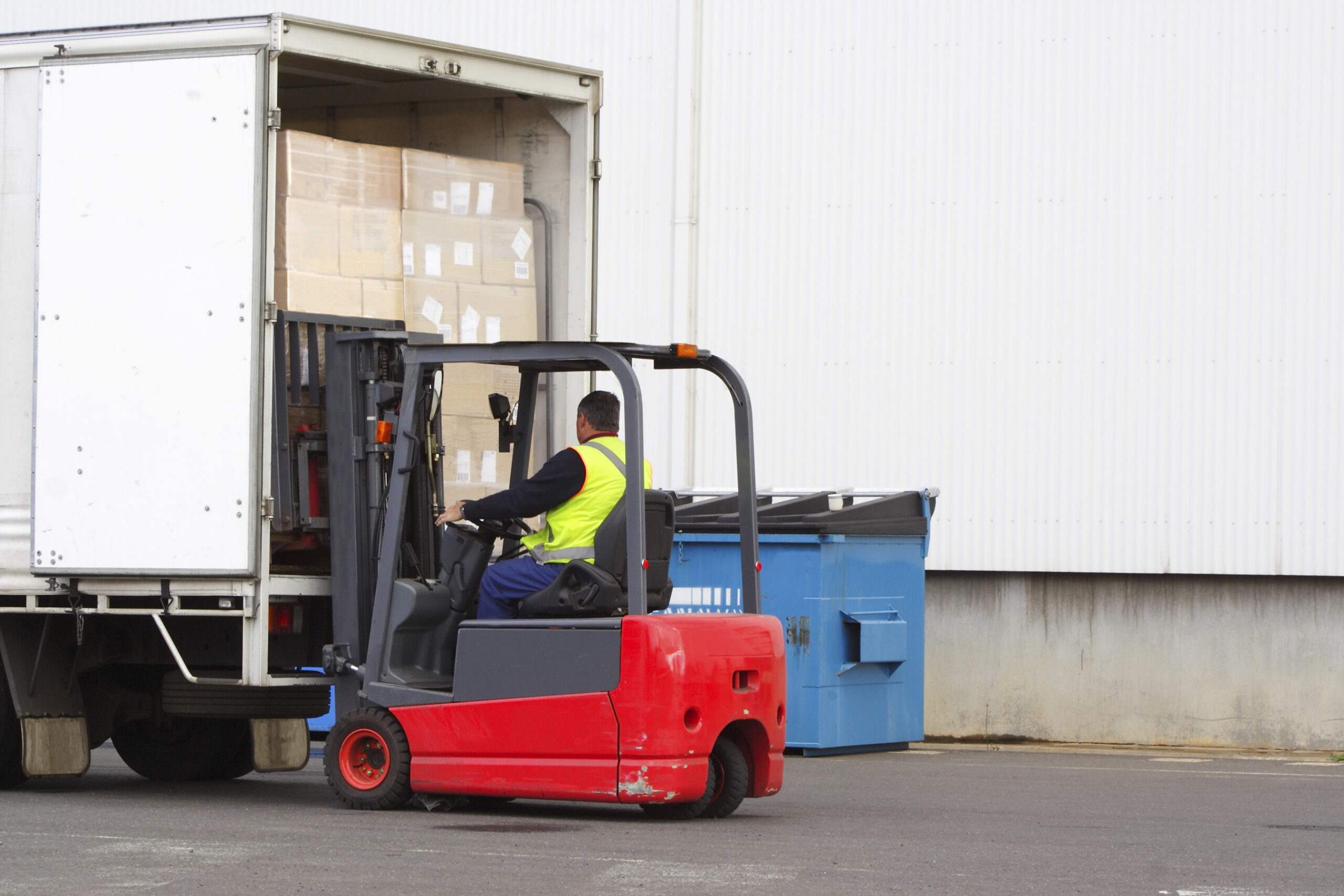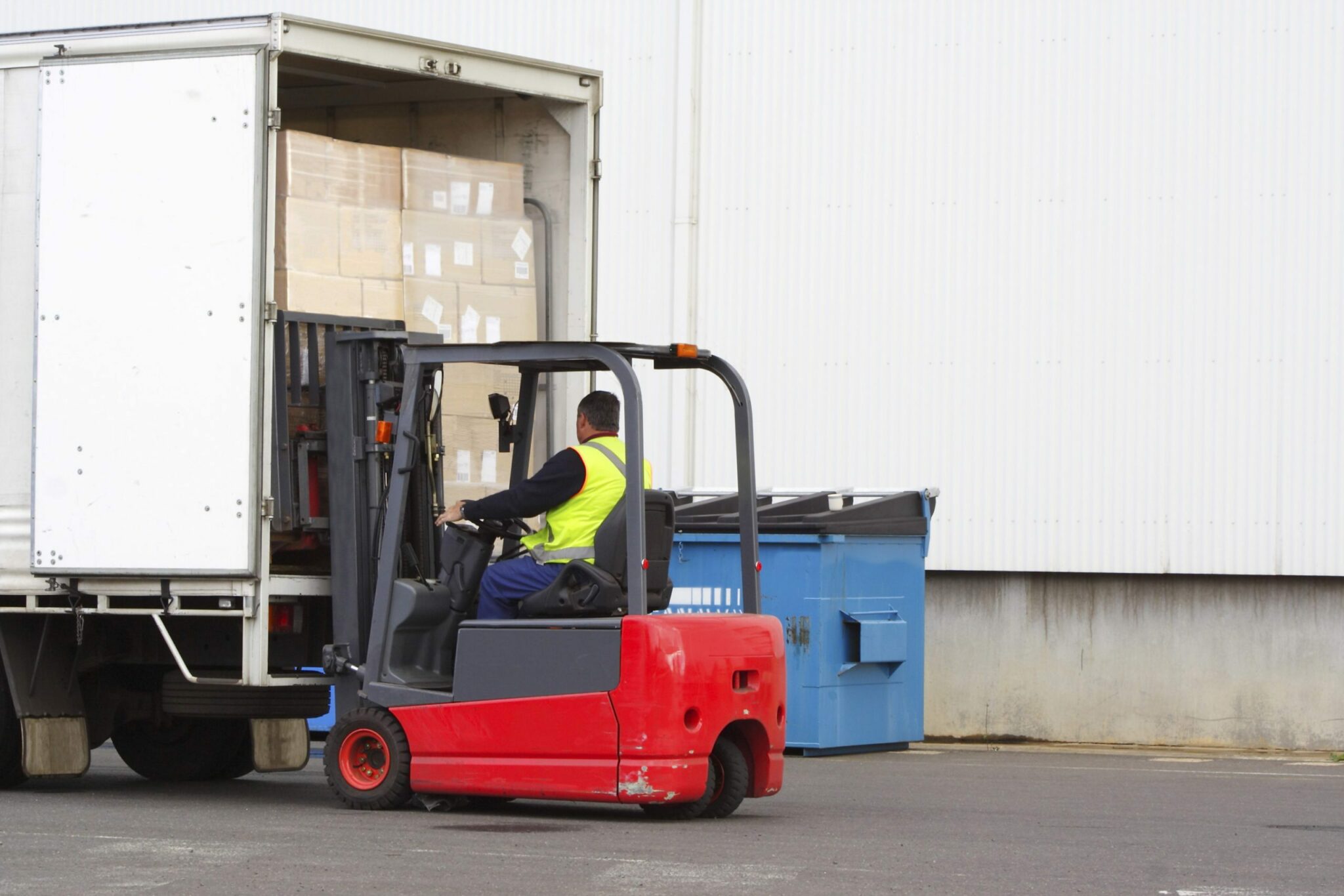A major cause of product damage is loads tipping over during transportation. Once a truck pulls out of your loading dock, what happens to your products is out of your control. Here are two things you can do to keep loads from tipping over.
1. Unitize loads properly.

This is your first step to protecting your products. Today, stretch wrapping is the most popular way to unitize loads and using a machine will give you the best results. The better you wrap a load, the better chance it has to arrive free of damage.
However, it’s hard to tell when you’re doing it right. Following these rules will help you create a load that is safe to ship and will resist tipping over.
- Apply the required amount of containment force. Containment force is the squeezing pressure stretch film exerts on the load. If the film is too loose around the load, it won’t hold the load together.
- Lock the load to the pallet with a film cable. Film that’s rolled into a cable and applied just below the top deck boards of a pallet, will prevent loads from sliding off their pallet. The placement of the cable also keeps forks from puncturing the film when picking up the load.
- Make sure there are no long or dragging film tails. Film tails have a tendency to get caught in things, causing the film to rip or pull products off pallets.
2. Load trailers strategically.
It’s important that you use the right pattern and pallets to make unloading easy and protect products from possible damage. Base your loading pattern on the weight and height of the pallets.
- Balance the weight. A trailer is like a seesaw so distributing the weight evenly can help lessen the movement of the trailer and stress on each load.
- Minimize the difference in height between adjacent loads. Placing loads of similar height next to each other creates a natural wall, protecting the loads from completely tipping over.
- Fill large empty spaces. If there are large gaps in your loading pattern, fill the voids with airbags or other dunnage materials.
Companies around the world lose billions of dollars due to in-transit damage. There is no guarantee loads will arrive to their destination unharmed, but being smart about how you stretch wrap and load a trailer can reduce the risk of your loads tipping.
The main predictor of your load arriving undamaged at its destination is having enough containment force. If you are unsure how much containment force your loads need download our Containment Force Recommendation Chart.
This post was published on November 29, 2017 and updated on November 29, 2017.
November 29, 2017


